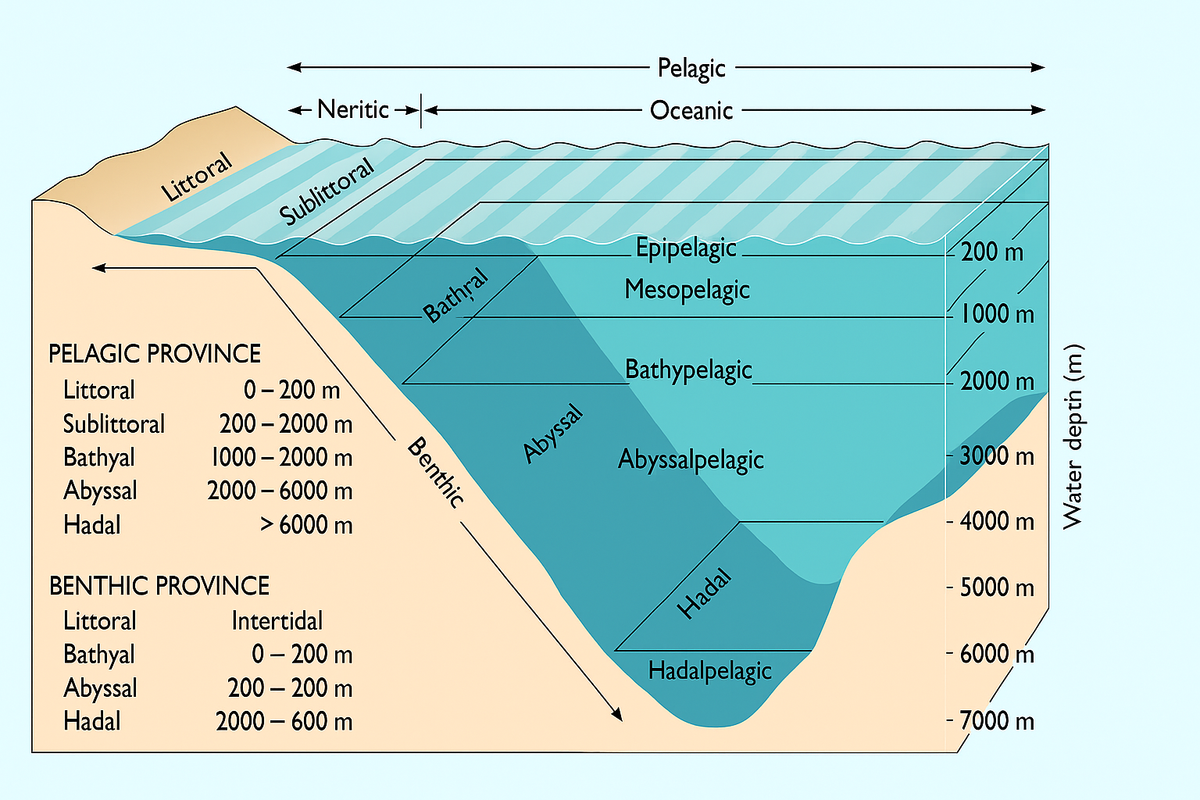Be an Oceanographer rather than a fisherman

Two boats on the same sea
Picture yourself two small boats heading out.
- The fiserman drops his line as soon as he leaves the shore. If he catches something, great. If not, he moves on, hoping the next spot works.
- The oceanographer does the opposite. She lowers sensors. Tracks temperature, currents, salt levels. Watches patterns for weeks. Then, when she understands the sea, that's when she decides where to fish.
Now, swap the sea for the market.
Most GTM teams are fishermen.
They chase leads, follow trendy channels, and celebrate short-term spikes.
And then... nothing sticks.
Smart teams act like oceanographers.
They study first. They map. They wait for real signals.
Then, they launch.
What Fisherman GTM looks like
- Lead chasing instead of learning: buy another lead list. Blast another cold campaign. Nobody stops to ask why people buy (or leave).
- Trend hopping: Last quarter was TikTok. Now it's AI-generated outbound. Next? Who knows. The strategy resets every 3 months.
- Copy-paste playbooks: "Our competitor launched a podcast, let's do that". But... do your buyers eve, listen to podcasts?
- Tunnel vision on metrics: MQLs look good. CAC looks fine. But churn is creeping, pricing is under pressure, and channel fatigue is real and ignored.
Fishing like this works... for a day.
But every day, you're back in survival mode.
What Oceanographer GTM looks like
- Map the currents: Where's the money flowing? Where could it go next? Segment the market. Find the white space.
- Watch the weather: Regulation, funding, tech shifts, these change everything. The first fintechs to bet on open banking? They won.
- Study the food chain: Who feeds whom? What's the real value chain, from platforms to resellers to users?
- Track patterns, not blips: Don't just ask what converts, ask what keeps people. What predicts churn? How long do power users stay?
- Build flexible tools: Once you understand the system, build engines: content, referrals, partner programs. Tools that scale across conditions.
Oceanographers fish too.
But when they do, it's with a plan, at the right spot, at the right time.
Some Business example:
- Netflix vs Blockbuster: Blockbuster sold late fees. Netflix saw broadband coming, and prepared. One vanished, the other became default.
- Salesforce AppExchange: Other CRMs fought for logos. Salesforce built a marketplace, turned partners into sellers, and created a moat. A complete ecosystem.
- Patagonia: Fashion brands chase trends. Patagonia asked "what happens after the sale?". Repaires and recycled gear → loyalty and long-term growth.
Even coral reefs follow systems.
You remove one species, the whole thing collapses.
Markets are no different.
Why the long view wins:
- Compounding insight: every project adds to your map. Over time, it becomes a moat competitors can't replicate.
- Perfect timing: spot the wave before it breaks. Apple didn't launch the Watch until the tech, the data, and the demand all lined up.
- Lower risk: fewer bets, better bets. You sjip flashy stunts that drain time and cash.
- Category leadership: Oceanographers name the field. HubSpot gave us "inbound". Gainsight coined "customer success." They saw the whole board, so they wrote the rules.
- Stronger teams: when goals are clear and long-term, people stay calm, focused, and motivated. Churn drops, internally too.
Want to start the shift? Do this, this week!
- Draw your market map: one slide, segments, competitors, future opportunities.
- Talk to 10 customers: ask them "what problem will you face two years from now?" Write it down their exact words. You will recognise a pattern.
- Pick one early metric: something like "weekly active teams." It will show trouble before revenue drops.
- Hold a "stop doing" meeting: list cool sounding campaigns that delivered nothing. Remove them asap. Free up focus and cash.
- Set a learning OKR: example: "By Q3, understand partner margon to +10%." Insight is a deliverable, not a byproduct.
None of this is expensive, but it takes clarity and guts to slow down before speeding up.
Read the sea before you cast the net.
You can fish blindly and catch something. But storms are coming. The tides shift fast. The boats that survive long-term know where the water's moving before they sail.
So read the sea.
Map the currents.
Build for the waves that last, not just the splash that goes viral.




